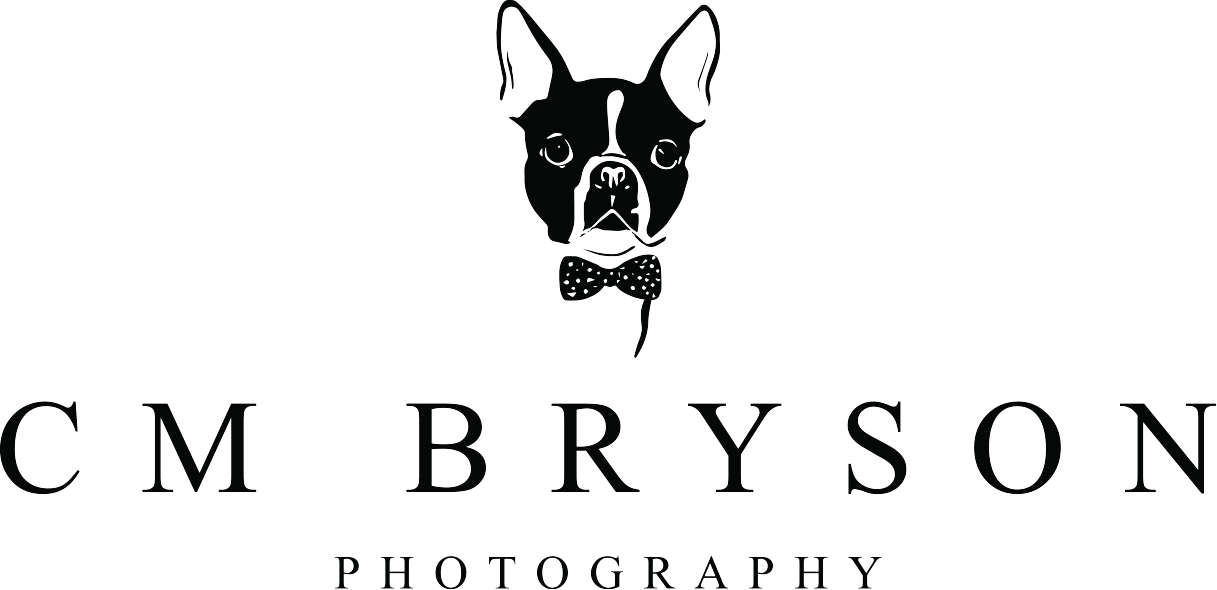The Precautions I Take as an Equine Photographer During the Current EHV-1 Outbreak
With the recent Equine Herpesvirus (EHV-1/EHM) outbreak linked to barrel racing and rodeo events in Texas and Oklahoma, it’s more important than ever for everyone who works around horses — trainers, vets, farriers, photographers, massage therapists, you name it — to take biosecurity seriously.
While we do not have any confirmed EHV cases in Georgia at this time (per the Georgia State Veterinarian), this virus is highly contagious, and prevention is our best defense.
So let’s talk about exactly what I do as an equine photographer to help protect your horses, your barn, and our entire community, not just during this current outbreak, but always.
Because beautiful photos mean nothing if we aren’t keeping the horses safe.
My Background With Biosecurity
Before I became a full-time photographer, I served as the Executive Director of the Humane Society of Morgan County. That role taught me more than I ever expected about disease transmission, quarantine protocols, sanitation practices, and the responsibility that comes with working around animals.
I don’t take shortcuts.
I don’t take risks.
And when it comes to horses? I follow the science.
I continue to attend educational events at the University of Georgia to learn more.
My job isn’t just to create artwork — it’s to leave your barn exactly as safe and healthy as I found it.
My Biosecurity Protocol as an Equine Photographer
These are my non-negotiables.
1. I do not visit multiple barns in the same day.
This is my standard practice year-round, not just during outbreaks. It dramatically reduces risk of cross-contamination.
In the rare case I must photograph at more than one location in a day… I fully change clothes and shoes between barns. Everything goes into a sealed bag until it can be washed.
3. I sanitize my shoes after every session.
I disinfect the soles of my boots using vet-approved disinfectants like Rescue, Virkon, or Accel.
4. I do not allow horses to nuzzle, bump, or nose my camera or gear.
I love a curious muzzle… but not on my equipment. Shared surfaces = shared germs.
5. Ear-getters and noisemakers are sanitized between each horse.
These tools go directly from horse to hands to noses, even to the ground sometimes, so they’re cleaned and disinfected every time.
6. I wash or sanitize my hands on arrival AND before leaving.
Hand hygiene is one of the simplest, highest-impact precautions.
7. I follow all barn-specific protocols.
If your facility has stricter rules, I follow those too — no exceptions.
What EHV-1/EHM Is — And Why Caution Matters
EHV-1 is a virus that can cause respiratory symptoms, fever, and (in pregnant mares) abortion. EHM is the neurological form of EHV-1 — and it can be severe or even fatal. Not every horse who gets EHV develops EHM… but when it does happen, it’s serious.
UC Davis reports a 30–50% fatality rate for the neurological form.
Important facts horse owners should know:
The vaccine helps reduce respiratory symptoms but does not prevent infection and does not prevent EHM.
The current outbreak strain appears to be more contagious than typical EHV.
Horses exposed at the Waco WPRA Finals (Nov 5–9) have since traveled across Texas, Oklahoma, Louisiana, and Colorado.
Georgia State Vet recommends 21-day isolation for any horse who traveled to or was near horses who traveled to affected events.
If your horse has traveled out of state recently — or has been around horses who have — please quarantine. Not as a courtesy. As a responsibility.
Why This Matters (Even If Georgia Has No Confirmed Cases Yet)
Disease prevention isn’t about panic. It’s about responsibility. Outbreaks don’t stay neatly within state lines, event rosters, or discipline-specific bubbles. And with hundreds — possibly over a thousand — horses exposed at the Texas & Oklahoma events, every horse professional should be acting with caution.
Biosecurity works best when everyone participates. And as someone entering multiple barns each month, my role is significant. Your horse’s health is far more important than a pretty picture. And you deserve an equine professional who understands that. It’s not rude to ask every person coming into contact with your barn and your horses what protocols they follow to keep horses safe.
What You Can Do as a Horse Owner Right Now
If your horse traveled to Texas, Oklahoma, or any recent multi-state event: Quarantine for 21 days.
Don’t share equipment, feed tubs, water buckets, or grooming tools.
Sanitize high-touch items daily.
Monitor temperatures twice a day — anything above 101.5°F is a red flag.
Watch for respiratory signs: coughing, nasal discharge, lethargy.
Watch for neurological signs: hind-end weakness, difficulty walking, urine dribbling, abnormal stance.
Call your vet immediately if anything feels “off.”
This is an all-hands-on-deck moment for the horse community.
The Bottom Line: I Take Your Horse’s Health Seriously
Photography is my passion — but safety is my priority.
My job is not just to create artwork you’ll love, but to protect the horses you love while I’m there.
If you ever have concerns or want to talk through additional precautions, I’m always happy to tailor my approach to your barn’s needs.
Your horse’s health comes first. Always.
